Canvas 116 cm by 94 cm
Frame 119 cm by 97 cm
The subject of our painting could make us think of reading the manifesto of Herod to the holy family, except that the kneeling woman wears a cross on her neck, which would be obviously an anachronism. Moreover, the man who is standing on the right seems to me rather to be a philosopher and not Joseph. It is very likely that it is in fact a mythological or even symbolic scene as often in this period of the Second Empire. The neoclassical style with clean lines reinforces the visual impact of this captivating work. Romain Cazes developed this style with two other Ingres students: Eugène Amaury-Duval and Hippolyte Flandrin. Romain Cazes' paintings are rare, the Ingres-Bourdelle museum has several in collection and has organized an exhibition for him - (publication: Georges Vigne, Romain Cazes, 1808-1881, secret painter of the Second Empire, Montauban, Ingres museum, 1995 ).
Romain Cazes (1808-1881)
Student of Ingres, he exhibited at the Paris Salon from 1835 to 1878 portraits, biblical and romantic subjects. He devotes a good part of his work to the realization of murals. Having lived for a long time in Italy, one can find his works there, in particular at the theater in Naples, which he helps to decorate. Back in France he decorated the church of Saint Mamet (apse, dome and chapels), the thermal baths and the church of Notre Dame de Bagnières de Luchon, the church of Saint Croix d'Oléron, Notre Dame de Bordeaux, Saint François- Xavier and the trinity in Paris ...


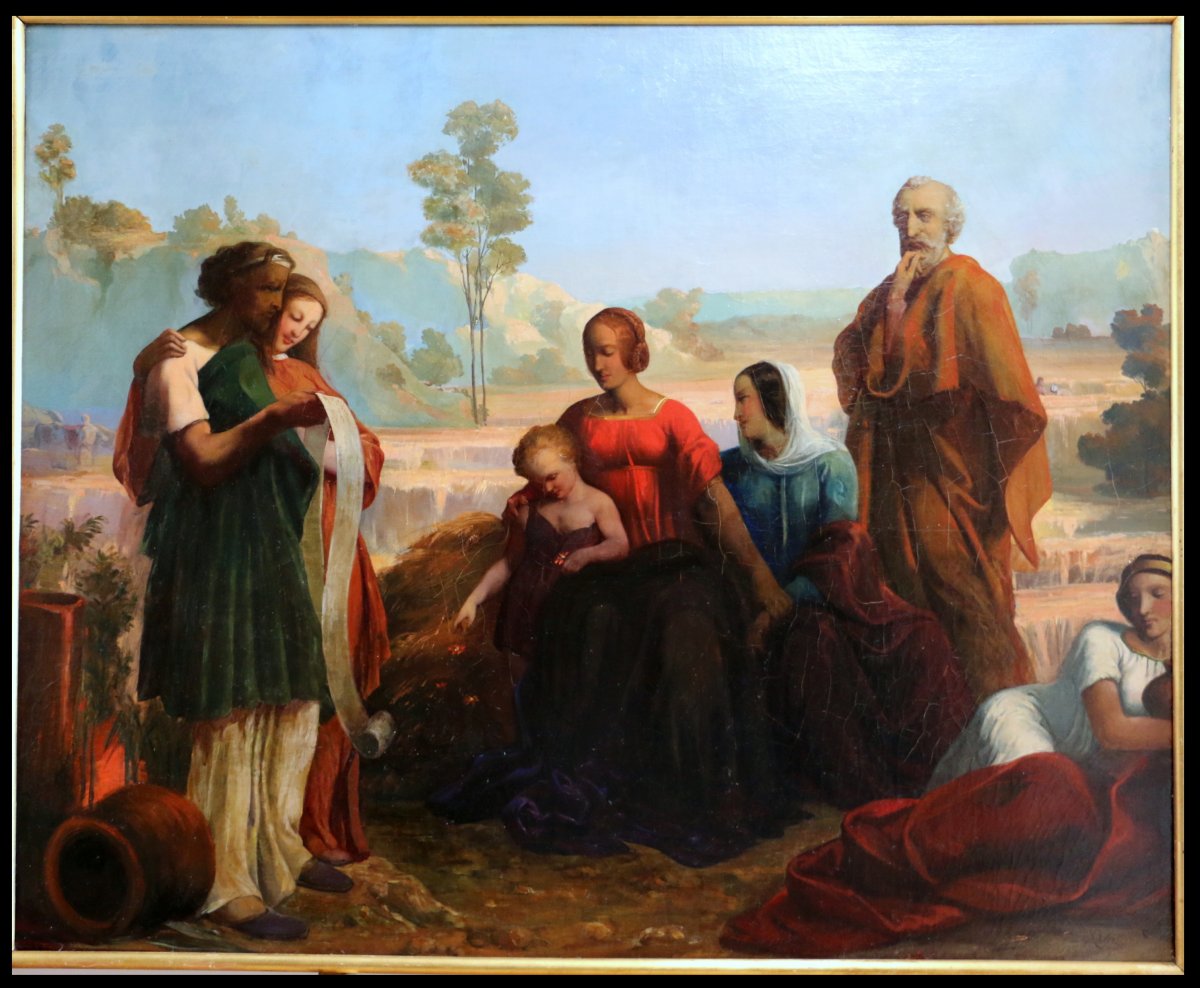
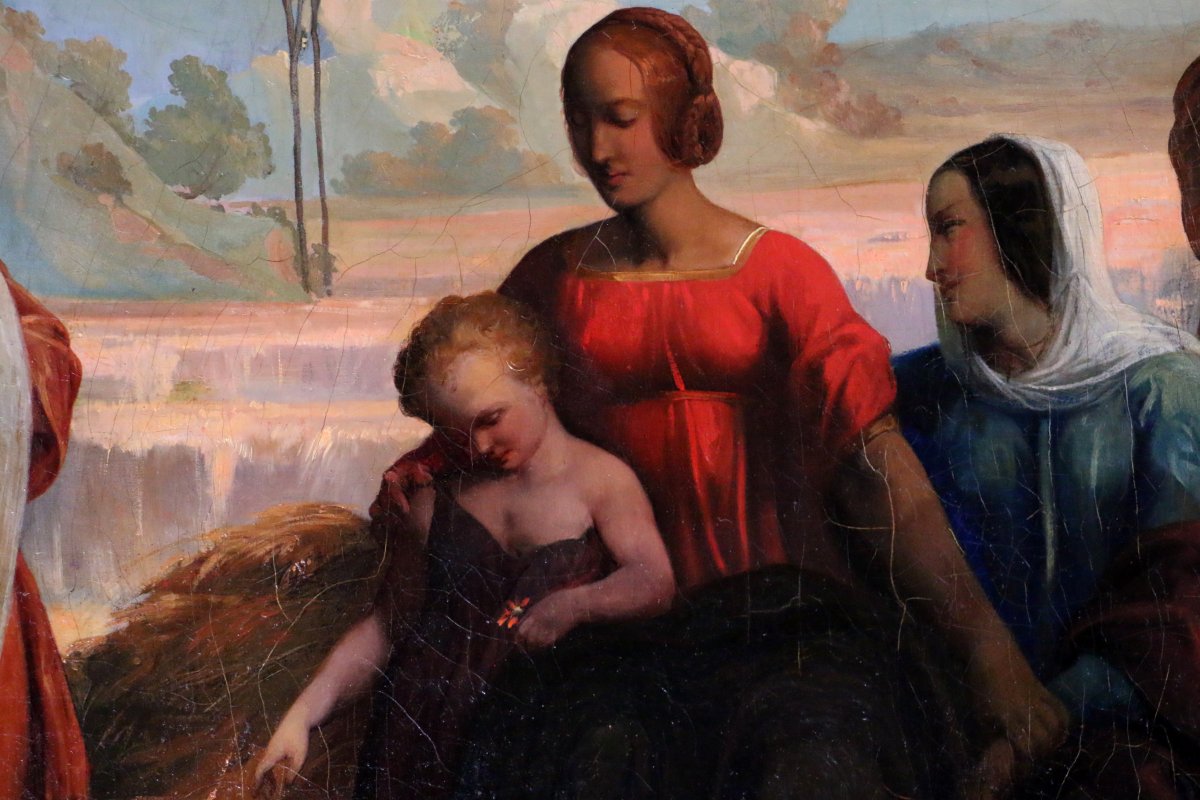

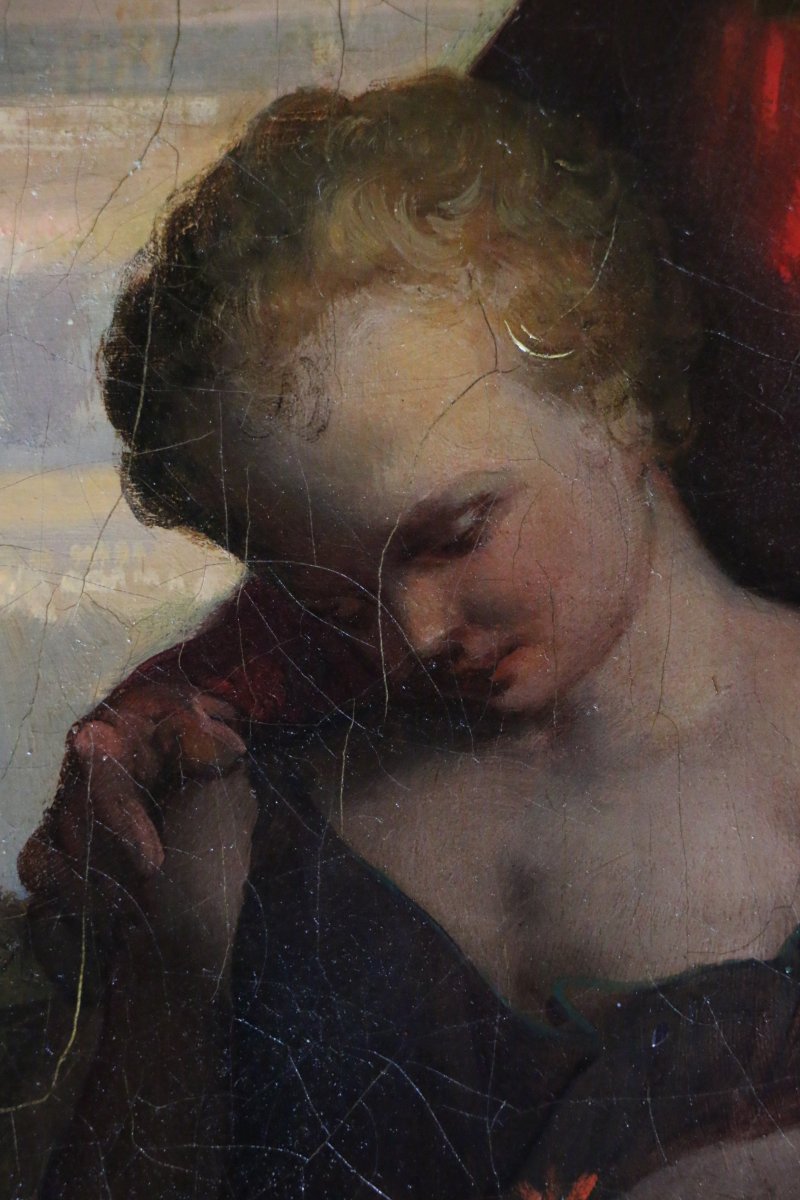

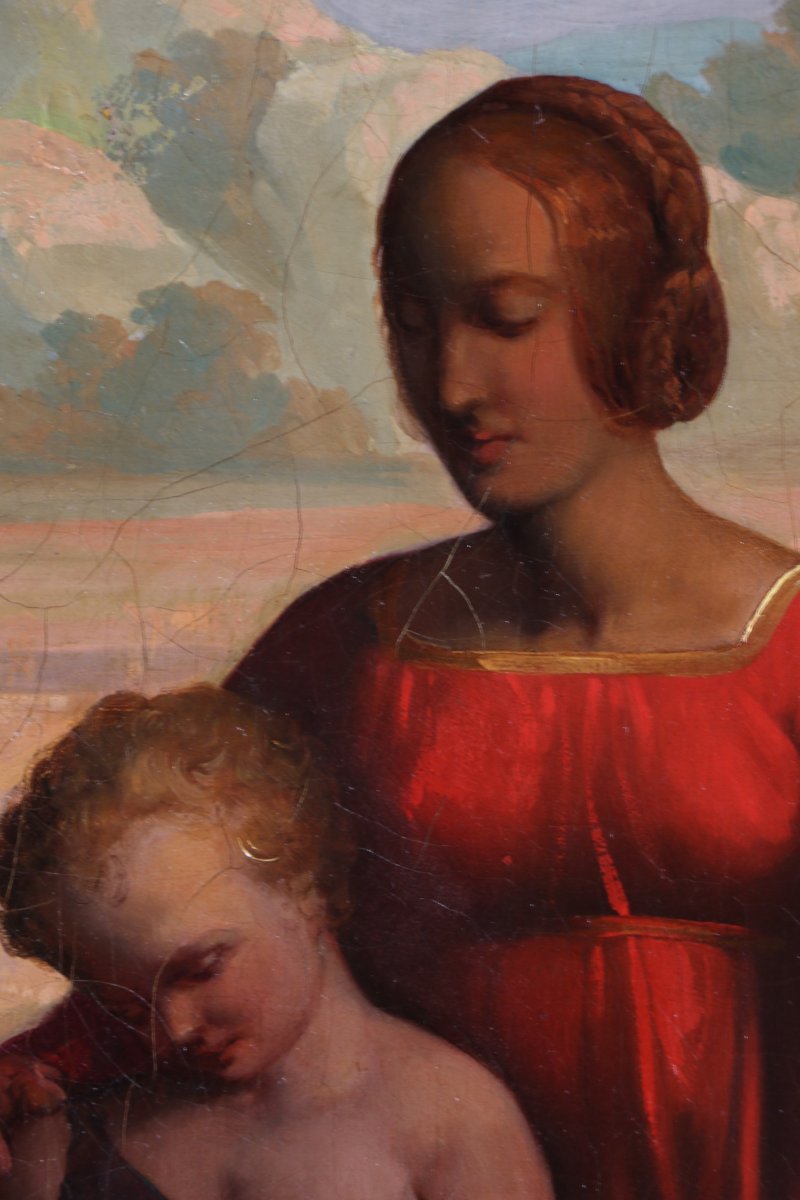
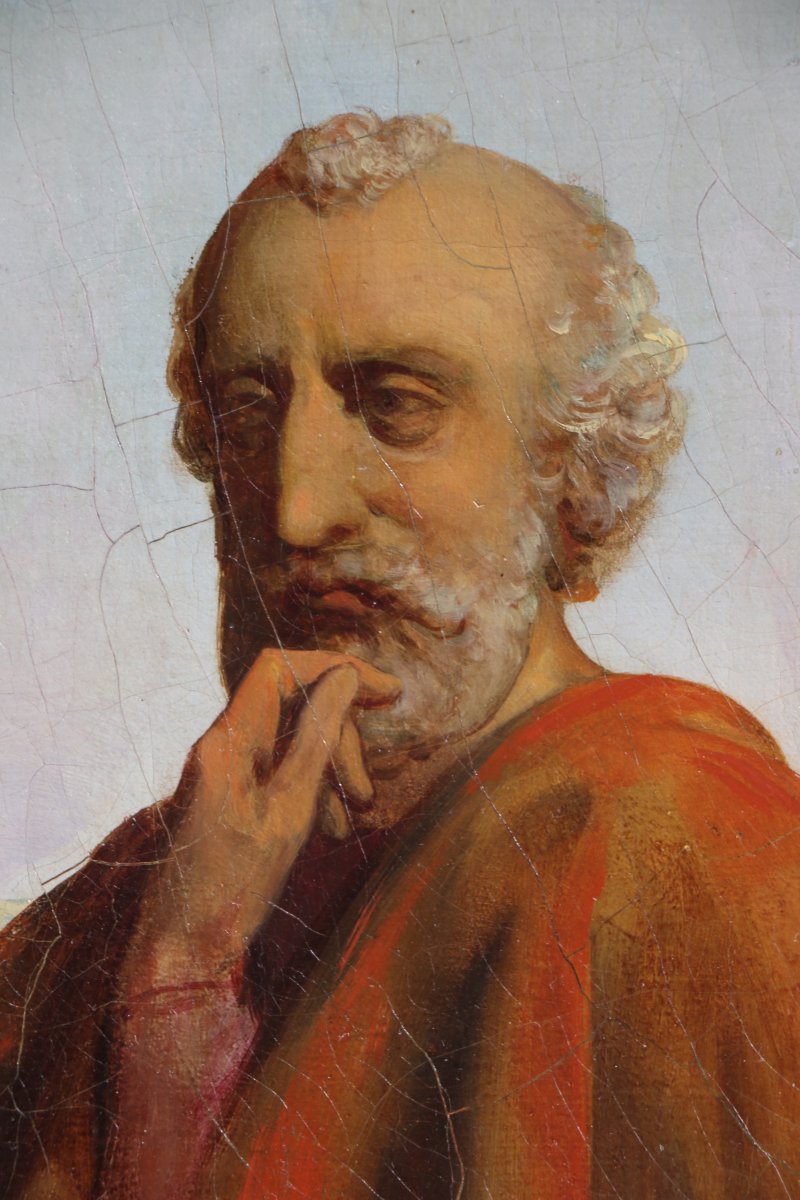
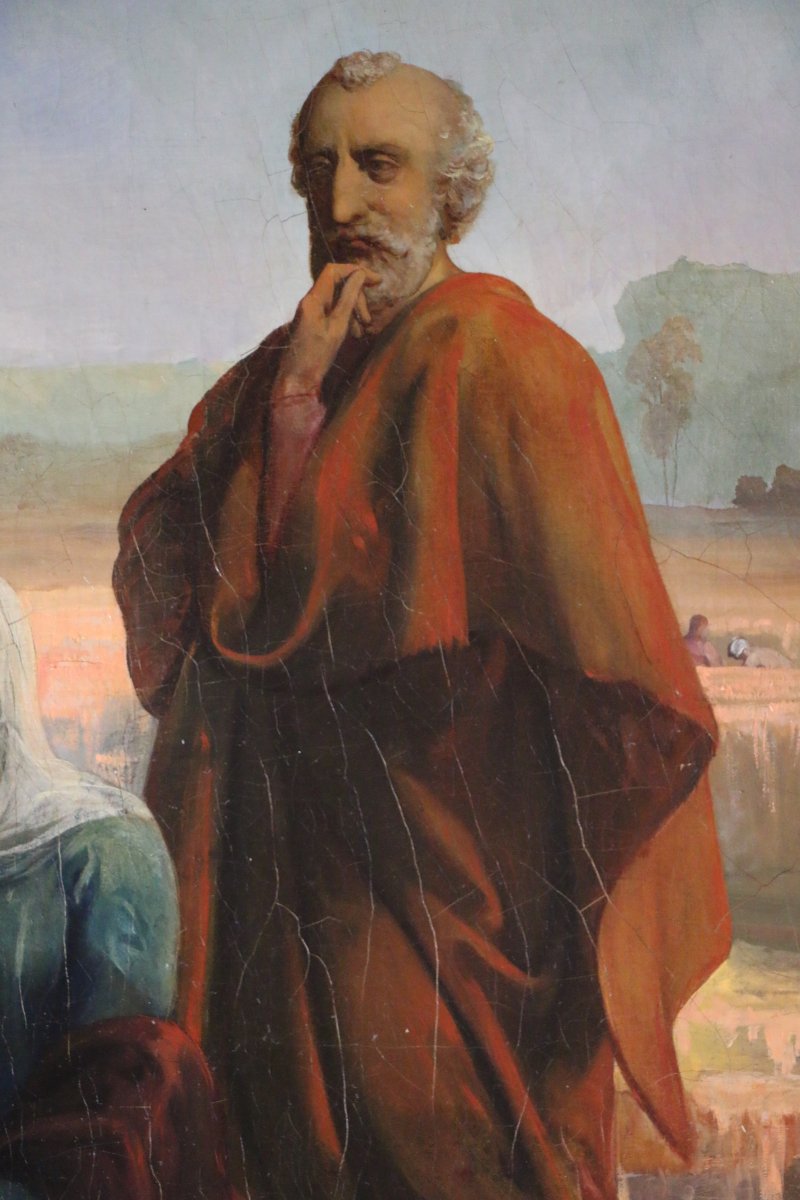
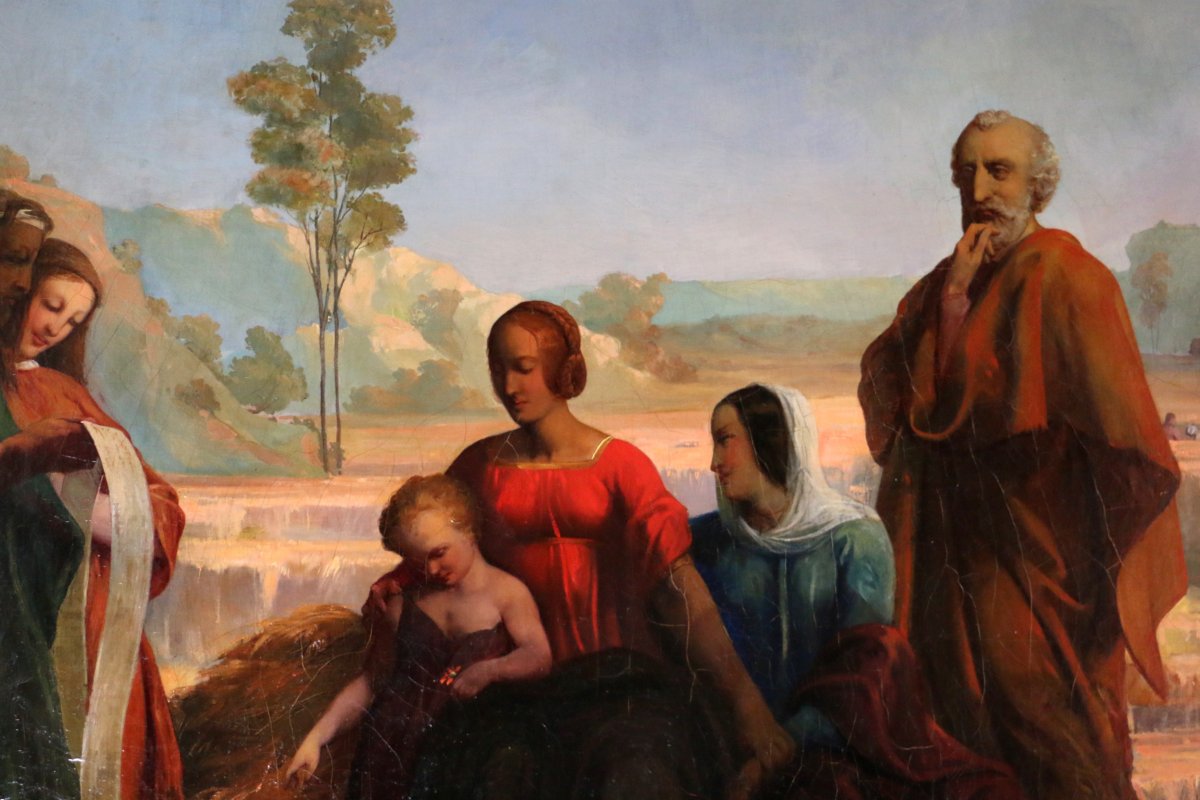

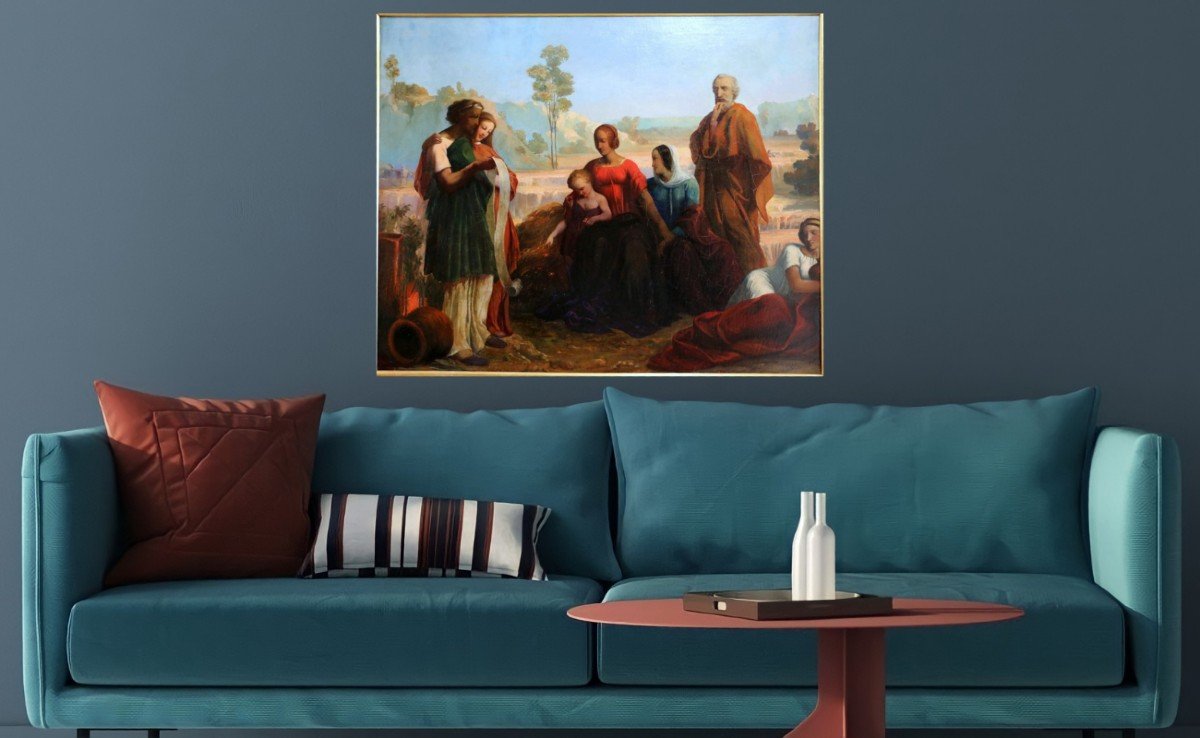




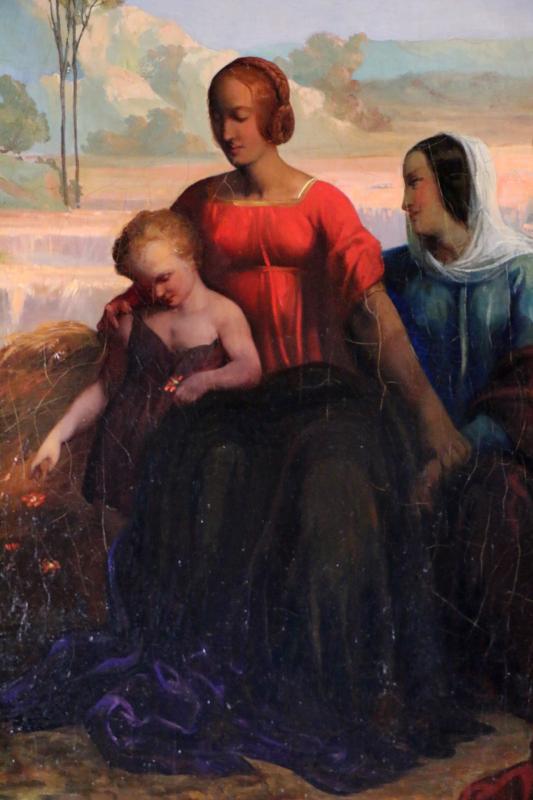




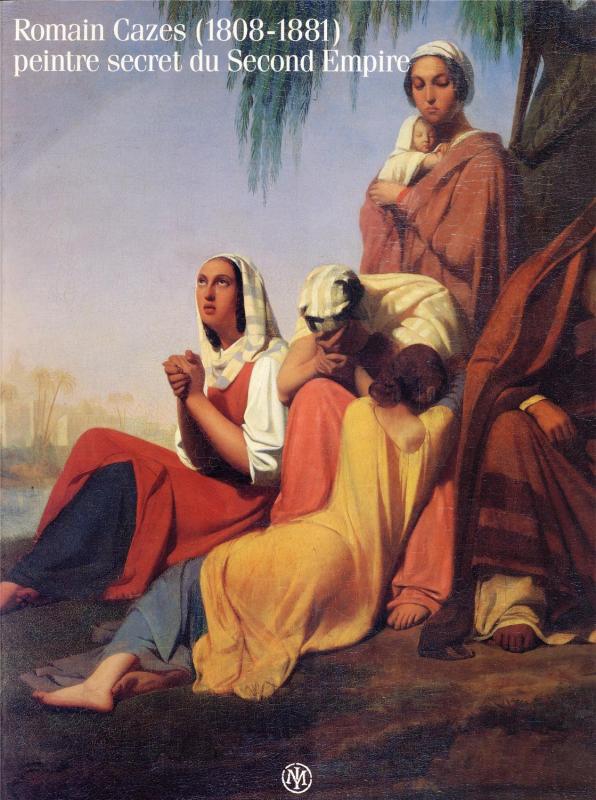




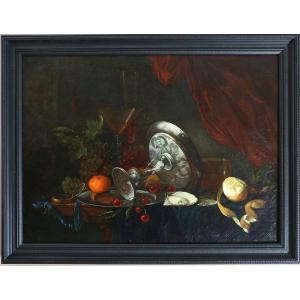

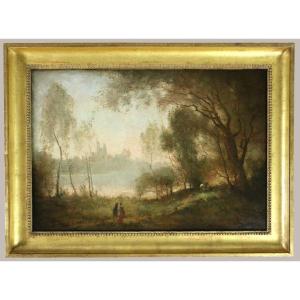
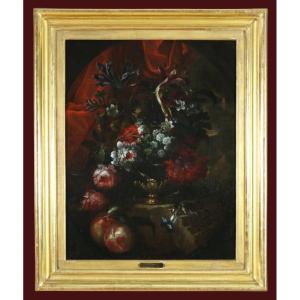
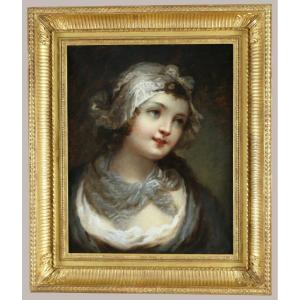

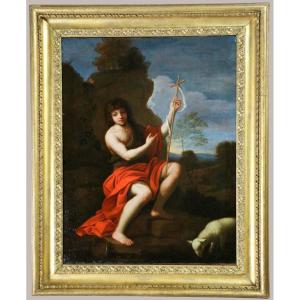


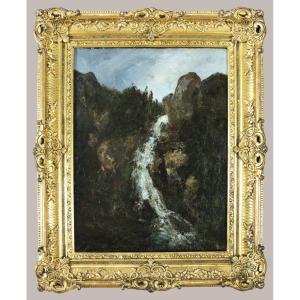











 Le Magazine de PROANTIC
Le Magazine de PROANTIC TRÉSORS Magazine
TRÉSORS Magazine Rivista Artiquariato
Rivista Artiquariato